Finding unique and stylish pieces has never been easier with Australian streetwear online stores offering a blend of creativity and culture. The scene evolves from statement pieces like a Homie jumper to carefully curated collections reflecting local artistry. If you explore Melbourne streetwear, you’ll discover brands that push design boundaries and support community-driven initiatives.
The Rise of Streetwear as a Lifestyle
Streetwear has outgrown its origins in skate and hip-hop culture to become a defining aspect of modern style. It’s no longer just about oversized hoodies, sneakers, and graphic tees; it’s about self-expression, individuality, and storytelling through fashion. As brands grow, they increasingly focus on sustainability, ethical production, and collaborations that blend street culture with high fashion.
In Melbourne, streetwear is more than just clothing—it represents the city’s diversity and creativity. Local designers continuously redefine the narrative by incorporating Indigenous artistry, bold prints, and contemporary silhouettes. The movement is dynamic, constantly evolving with influences from music, art, and social change.
The Intersection of Fashion and Social Impact
Beyond aesthetics, streetwear brands are beginning to make a real impact. More than just selling clothing, they engage with their communities meaningfully. Some labels fund initiatives supporting underprivileged youth, while others create programs for emerging designers to gain industry experience.
A great example is how certain brands focus on sustainable fashion, ensuring their supply chain is transparent and ethical. Consumers today are more aware of where their clothes come from, pushing brands to adopt more responsible manufacturing practices. The demand for quality over quantity is reshaping the industry, encouraging more thoughtful production methods.

The Influence of Music and Art on Streetwear
Streetwear has always been intertwined with music and art, drawing inspiration from graffiti, underground scenes, and subcultures. This connection is particularly evident in Melbourne, where local artists and musicians often collaborate with fashion brands to produce limited-edition collections.
These collaborations bring fresh perspectives to streetwear, making each piece reflect contemporary culture. Whether it’s a capsule collection inspired by an emerging hip-hop artist or a jacket adorned with artwork from a renowned graffiti artist, fashion remains a powerful medium for storytelling.
Why Streetwear Appeals to Every Generation
One reason streetwear remains relevant is its ability to transcend age groups. While it originated with younger demographics, it has gained a following among older generations who appreciate its mix of comfort, quality, and design innovation.
More than just a trend, streetwear represents an attitude that values authenticity and personal style over conventional fashion norms. Whether it’s a hoodie or a statement jacket, streetwear tells a story about the person wearing it.
Online Shopping and the Future of Streetwear
With the rise of Australian streetwear online, shopping for unique pieces has never been easier. E-commerce platforms have enabled smaller. This shift has allowed local designers to compete internationally, showcasing their craftsmanship and creativity to a larger market.
This means consumers have greater access to diverse styles and brands. Whether you’re looking for a Homie jumper or a custom-designed accessory, the digital space provides endless possibilities. The future of streetwear will continue to be shaped by online communities, limited drops, and the growing influence of social media.
Melbourne’s Ever-Evolving Streetwear Scene
Melbourne has long been at the forefront of Australia’s fashion industry, and its streetwear culture is no exception. The city’s laneways are filled with independent boutiques, sneaker drops, and pop-up events showcasing the latest collections. This sense of community and innovation keeps the scene fresh, with new designers emerging every year.
One thing that sets Melbourne streetwear apart is its blend of influences. The city’s cultural diversity brings a unique mix of aesthetics, from minimalist Scandinavian-inspired pieces to bold, vintage-style graphics. This melting pot of ideas ensures Melbourne’s fashion scene remains distinctive and ever-evolving.
The Role of Sneakers in Streetwear Culture
No streetwear look is complete without the right pair of sneakers. Footwear has become a status symbol in the culture, with limited-edition releases often selling out within minutes. The sneaker industry is driven by exclusivity.
Beyond the hype, sneakers also tie an outfit together, offering a mix of functionality and style. Melbourne’s sneaker culture is robust, with dedicated boutiques and resellers curating selections catering to hardcore enthusiasts and casual wearers.
Sustainability and the Future of Streetwear. Many streetwear brands are rethinking their approach to production. More designers prioritise recycled materials, ethical labour practices, and slow fashion principles. The move away from fast fashion is gradually shaping consumer behaviour, with more people investing in quality pieces that last rather than disposable trends.
Some brands now operate on a made-to-order model, reducing waste and ensuring exclusivity. Others focus on upcycling vintage garments, giving old pieces a second life. This shift towards sustainability isn’t just a passing trend—it’s becoming a core aspect of modern streetwear.
How Streetwear Shapes Personal Identity
This freedom is why the culture thrives, constantly reinventing itself while staying true to its roots. Whether you’re wearing a statement hoodie, an oversized tee, or a carefully curated sneaker collection, streetwear reflects who you are.







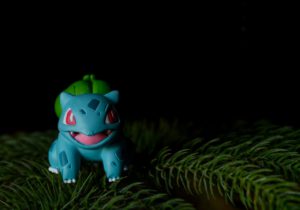

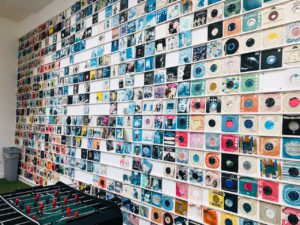
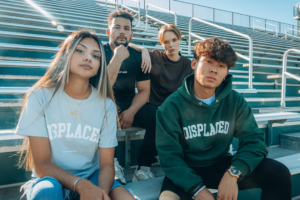





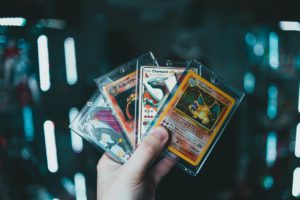

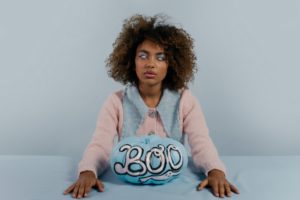


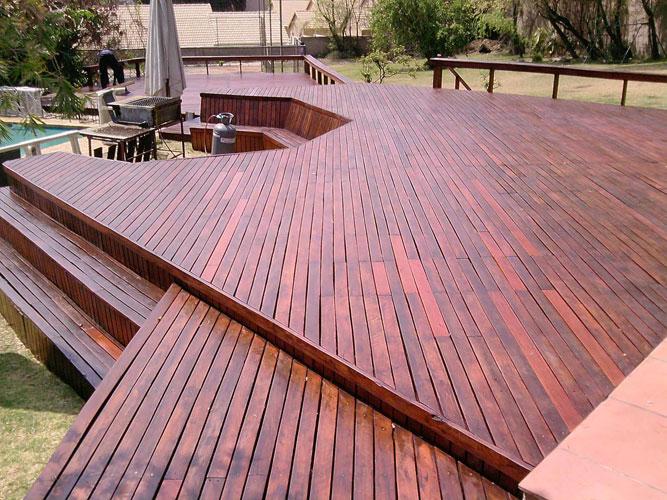
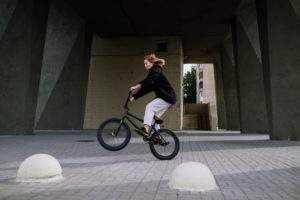
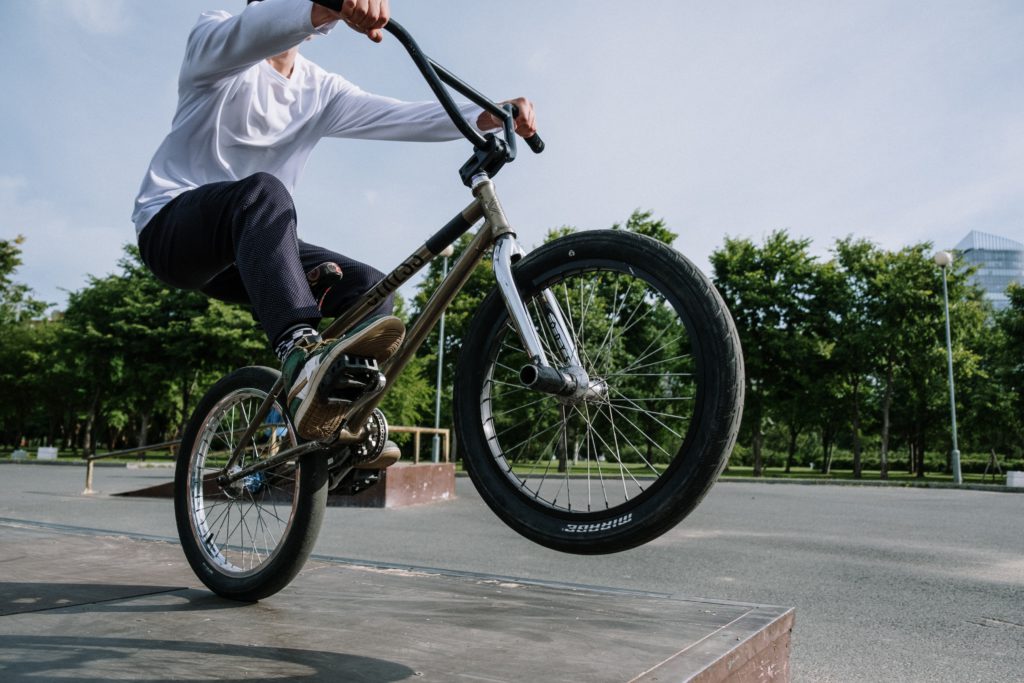
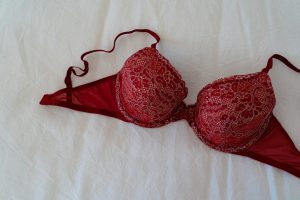

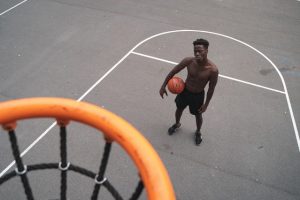
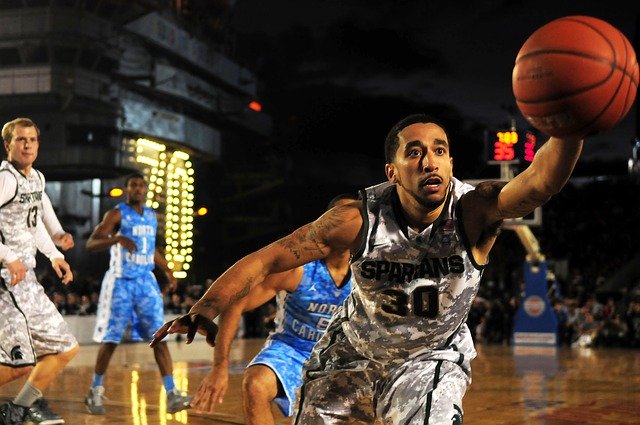





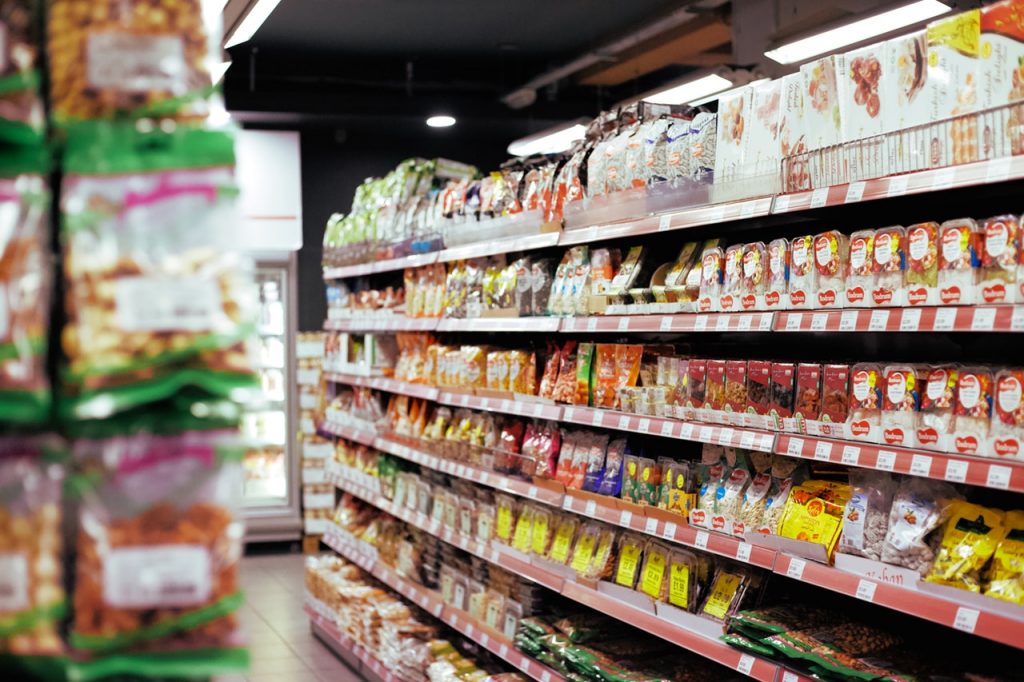



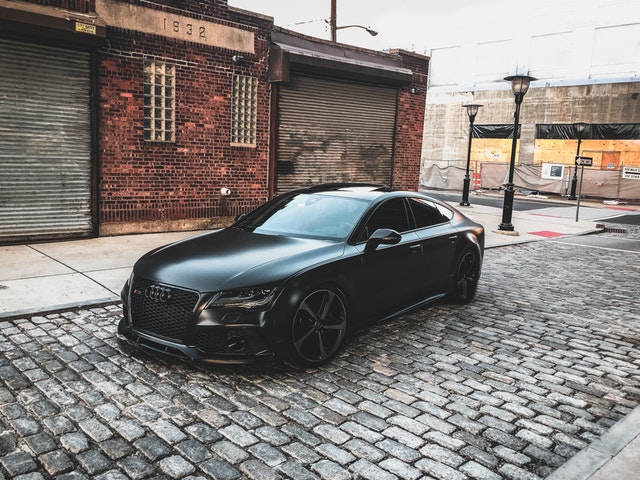









 Remove all barriers to make a purchase.
Remove all barriers to make a purchase.






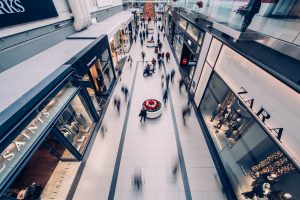

 Let’s face it, even the best employees occasionally require coaching. Training in its purest form is intended to assist you as a retail manager to get the most out of your retail workers. You need regular coaching, not because the worker is incompetent, but to continuously help them improve.
Let’s face it, even the best employees occasionally require coaching. Training in its purest form is intended to assist you as a retail manager to get the most out of your retail workers. You need regular coaching, not because the worker is incompetent, but to continuously help them improve.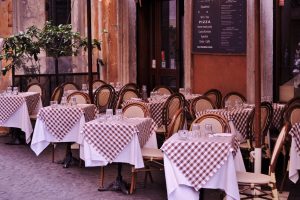
 According to
According to 
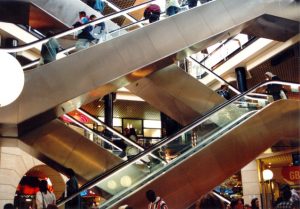 This has included cutting back on bricks and mortar stores with its laminated and engineered timber frames, and steering centre owners towards entertainment, health care, meals and childcare providers. Vicinity and Westfield spin-off Scentre are already redeveloping their arcades as this year have already seen their share prices slip to one or two-year lows. Australia’s largest mall, Chadstone Shopping Centre in Melbourne, is currently the site of the southern hemisphere’s first gigantic
This has included cutting back on bricks and mortar stores with its laminated and engineered timber frames, and steering centre owners towards entertainment, health care, meals and childcare providers. Vicinity and Westfield spin-off Scentre are already redeveloping their arcades as this year have already seen their share prices slip to one or two-year lows. Australia’s largest mall, Chadstone Shopping Centre in Melbourne, is currently the site of the southern hemisphere’s first gigantic 
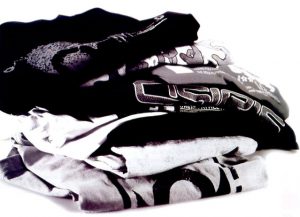


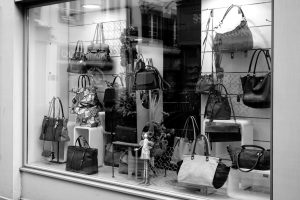
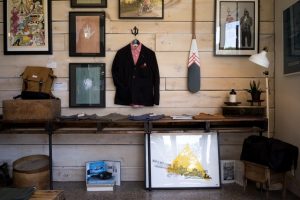 Among the web’s early impacts was to cultivate a much higher expansion of specialised sellers than before– merchants with a special perspective but not always a need for a significant quantity of flooring area. The web has permitted sellers to get in touch with prospective consumers and reveal their brand name in totally brand-new methods, and physical shops have ended up being a part of their interaction and sales technique instead of being their only or main method to reach customers.
Among the web’s early impacts was to cultivate a much higher expansion of specialised sellers than before– merchants with a special perspective but not always a need for a significant quantity of flooring area. The web has permitted sellers to get in touch with prospective consumers and reveal their brand name in totally brand-new methods, and physical shops have ended up being a part of their interaction and sales technique instead of being their only or main method to reach customers. The web has likewise affected merchants in a manner which go far beyond their physical area or their online existence. Fast-fashion merchants like Zara, Uniqlo, TopShop, H&M and Permanently 21, who are utilizing the power of internet-based innovation in all elements of their service– style, production, and logistics– are growing really quickly and oftentimes taking control of bigger areas once controlled by huge box sellers like outlet stores and big home electronics display rooms. Together with benefit, these shops provide the most recent designs, are fairly priced, upgraded rapidly and constantly, in ways which just weren’t possible prior to.
The web has likewise affected merchants in a manner which go far beyond their physical area or their online existence. Fast-fashion merchants like Zara, Uniqlo, TopShop, H&M and Permanently 21, who are utilizing the power of internet-based innovation in all elements of their service– style, production, and logistics– are growing really quickly and oftentimes taking control of bigger areas once controlled by huge box sellers like outlet stores and big home electronics display rooms. Together with benefit, these shops provide the most recent designs, are fairly priced, upgraded rapidly and constantly, in ways which just weren’t possible prior to.

